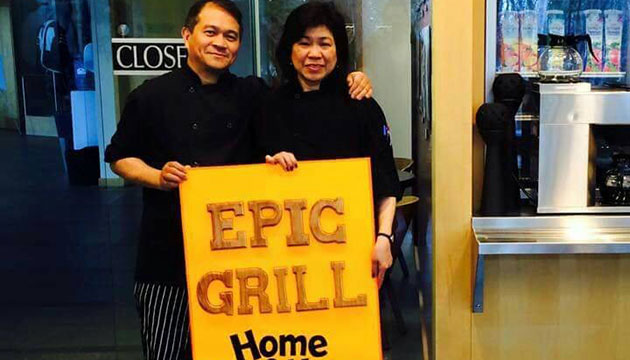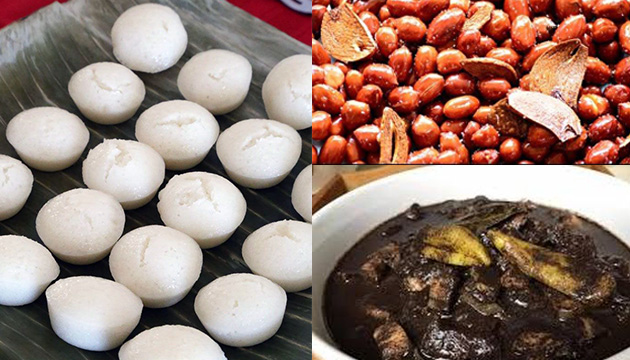This fall, six of Canada’s 10 provinces will be holding local government elections. Based on historical voter turnouts, it’s not looking very promising.
In Ontario, which has the largest population of Canadian Filipinos, average voter turnout at its last civic election in 2014 was only 43.12 per cent, according to the Association of Municipalities Ontario. In British Columbia also in 2014, the average was about 61 per cent according to Civicinfo BC. The City of Vancouver itself recorded a dismal 37.57 per cent.
At the 2015 federal election, voter turnout was a little better at 68.3per cent which saw the election of Justin Trudeau and the Liberal Party to power. Earlier this year, we saw Ontario electing Doug Ford and the Progressive Conservatives with a low 51per cent turnout, Manitoba at 57 per cent turnout during its provincial elections in 2016 and Alberta at 57 per cent in 2015.
A survey conducted over the summer by Nanos Research suggested that a third of Ontario voters are not aware of the municipal elections happening on October 22. In a CBC news report in 2014, nearly 40 per cent of municipal politicians in Manitoba ran uncontested due to lack of opponents. Not only are voters disinclined to go out and vote, citizens are indifferent about running for office.
A 2012 Statistics Canada study titled “Factors associated with voting” reveals that immigrants were less likely to vote than those born in Canada, adding that immigrants from East Asia (Philippines), West Central Asia and the Middle East have the lowest voting rates. An article in The National Post in 2014 also reported that in Toronto, “wards with lower voter turnout tend to have higher concentrations of immigrants and visible minority populations.”
There are no formal studies or surveys yet that correlate low civic engagement among Canadian Filipinos with underrepresentation of Filipinos in Canadian politics. Efforts are abundant in raising the Filipino profile in Canadian society but to date, we have only seen a handful of successful Filipino politicians in the Canadian political landscape. Some anecdotal evidence point to negative Filipino cultural traits and the notion that politics, particularly in the homeland, is based on patronage. Consider this: with almost a million Filipinos living in Canada and each Member of Parliament representing 63,000 to 120,000 citizens, there ought to be around eight Members of Parliament of Filipino descent. Dr. Rey Pagtakhan of Winnipeg was the only MP of Filipino heritage in Canadian history. See: https://canadianfilipino.net/commentary/206-why-are-filipinos-underrepresented-in-canadian-politics
The same study underscores voting rates by age: voting participation was lower in the 18-24 age group at about 39 per cent compared to older groups with 82 per cent turnout in the 67-74 age group. In 2015, the 18-24 age group went up to 57 per cent but was still lower than the 65-74 age group of 77.6 per cent.
In summary, there are two groups of voters that produce low turnout rates: immigrants and the youth.
Analyzing the implications of voter turnout statistics is a complex issue, as the tides of political issues and personalities come and go. It is but one measure of how well democracy thrives in a society. Civic literacy doesn’t magically appear when one turns 18.
If you are a parent, educator or student, look at the Student Vote initiative (www.studentvote.ca), a national program run by the non-profit group CIVIX. Student Vote is a parallel experiential real-time mock elections exercise that is conducted to coincide with actual Canadian elections. Through the exercise, students learn about government and the electoral process, political candidates and issues as well as encourage dialogue between students and their families. On “election day”, everyone gets to play a role whether as chief election officer, canvasser, candidate or voter.
Civic literacy also entails advocacy. Are children learning enough about civic-mindedness in school? Because education is a provincial responsibility, civic education – whether it is taught at all or not – varies across provincial curricula, usually tucked under the social studies course.
If one can apply for a driver’s license at age 16, why not lower the voting age to 16? In an interview with CBC earlier this year, acting chief election officer Stephane Perrault suggested that parliament could look at lowering the voting age to 16. He noted that 16-year-olds would still be in school, “at a place that we can actually get to them and engage them.” Countries like Scotland, Brazil and Austria have lowered the voting age to 16.
If you are a new immigrant, find out from your local newspapers about candidates’ forums (miting de avance in the Philippines) so you can learn more about their platforms. Those are opportunities to learn more about what the candidates can offer, what they stand for and what their values are. These events also afford the opportunity to ask candidates questions that are “off script”.
When votes have been counted and the winner proclaimed, one must ask oneself: does that person represent me and my values?
By the CFNet Editorial Board
Contact us at:










